Operating System Level Virtualization
Operating system level virtualization. The virtualization model can create an abstract layer between the operating system and the user application at this operating system level. OS-level virtualization is a technology that partitions the operating system to create multiple isolated Virtual Machines VM. Such instances are called containerssoftware containers or virtualization engines.
OS-level virtualization provides a feasible solution for these hardware-level virtualization issues. Operating-system-level virtualization OSLV discovery Discovery can collect image and container information from OSLV engines. In cloud sometimes we need to initialize 100 Virtual machines at a single time If we use virtualization at Hardware abstraction layerHAL level this can take too much time.
The users and their requests are handled separately by the virtualized operating system. OS-level virtualization takes advantage of the low overhead of the OS-level architecture in an effort to efficiently use server resources. Operating System-Level Virtualization.
Differently from hardware virtualization there is no virtual machine manager or hypervisor and the virtualization is done within a single operating system where the OS kernel allows for multiple isolated user space instances. Defining Operating System Virtualization. Such instances which are sometimes called containers and software containers.
The virtualized environment accepts commands from different users running different applications on the same machine. Operating system-based Virtualization refers to an operating system feature in which the kernel enables the existence of various isolated user-space instances. Also known as operating system-level virtualization.
Operating system-level virtualization offers the opportunity to create different and separated execution environments for applications that are managed concurrently. The guest operating system environments share the same running instance of. In operating-system-level virtualization a physical server is virtualized at the operating system level enabling multiple isolated and secure virtualized servers to run on a single physical server.
It providing security to the hardware resources which harm by distrusting users. It can separate.
Virtualization at Operating SystemOS level In virtualization at HAL level each virtual machine is built from scratch ie.
Discovery can determine container status and size and identify images and their tags provided by operating-system-level virtualization. The virtualized environment accepts commands from different users running different applications on the same machine. Operating System-Level Virtualization. In cloud sometimes we need to initialize 100 Virtual machines at a single time If we use virtualization at Hardware abstraction layerHAL level this can take too much time. The guest operating system environments share the same running instance of. The installation of virtualization software also refers to Operating system-based virtualization. This provides low overhead while running many VMs on a single physical server. Virtualization at Operating SystemOS level In virtualization at HAL level each virtual machine is built from scratch ie. Operating system OS virtualization can provide a number of important benefits including transparent migration of applications server consolidation online OS maintenance and enhanced system.
Such instances are called containerssoftware containers or virtualization engines. Here the kernel of an OS allows more than one isolated user-space instances to exist. Virtualization at Operating SystemOS level In virtualization at HAL level each virtual machine is built from scratch ie. It is also called OS-level virtualization is a type of virtualization technology which work on OS layer. Also known as operating system-level virtualization. In OS-level virtualization the kernel allows for multiple isolated instances of an. It can separate.



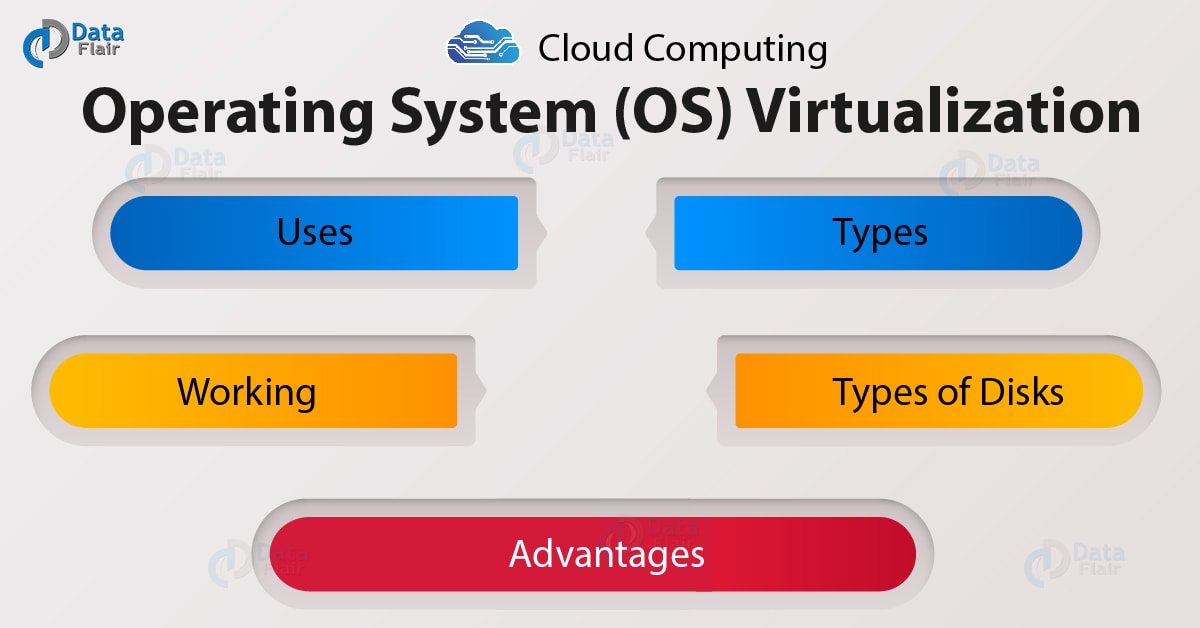

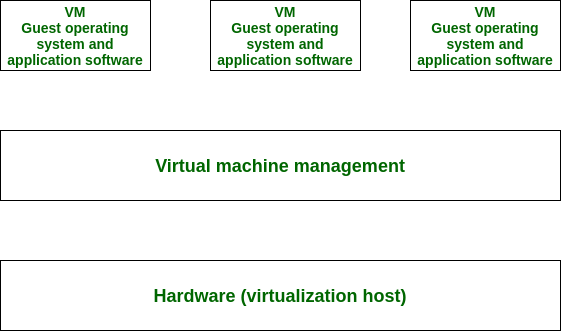


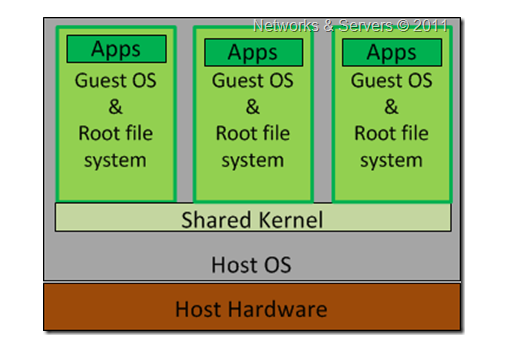

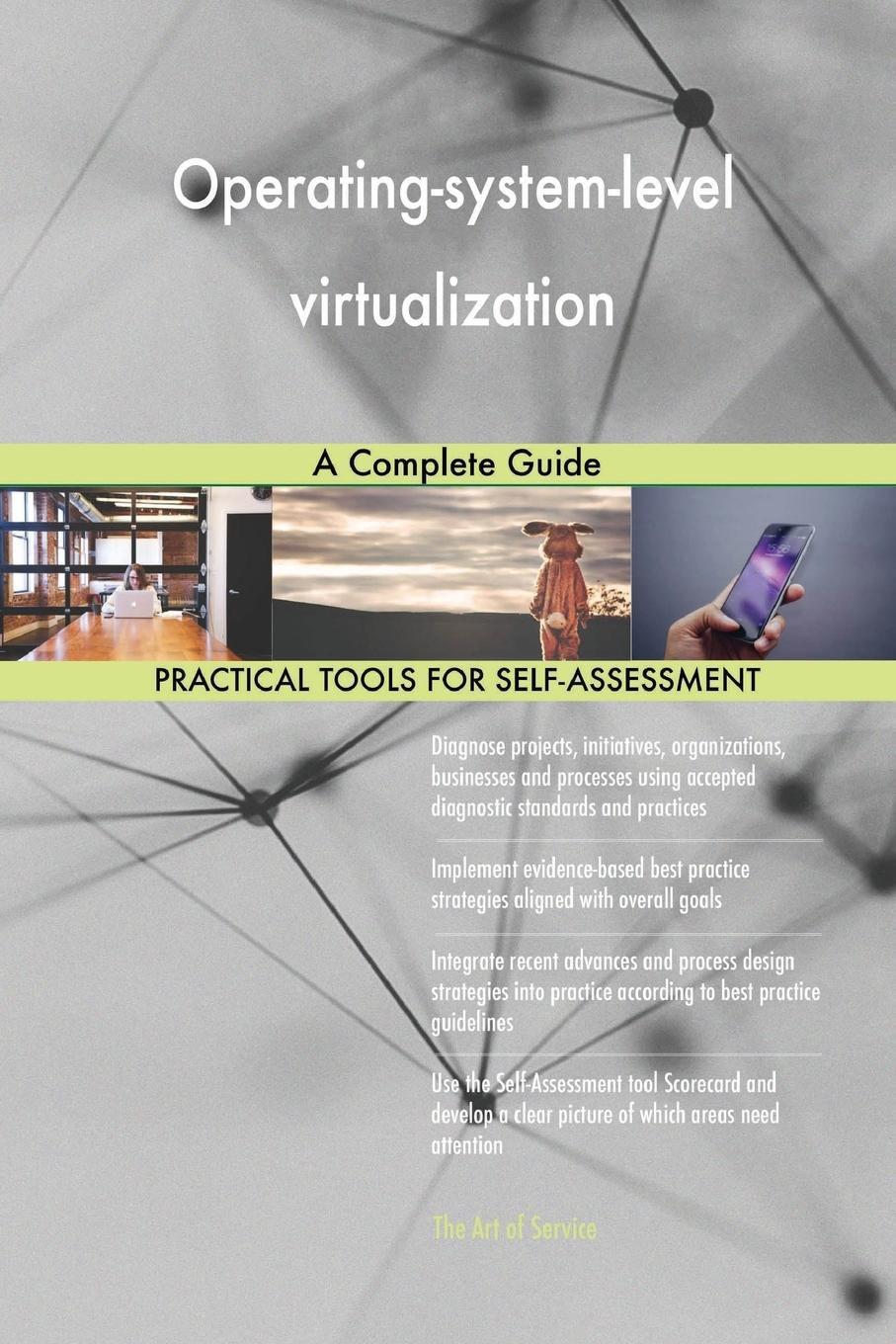
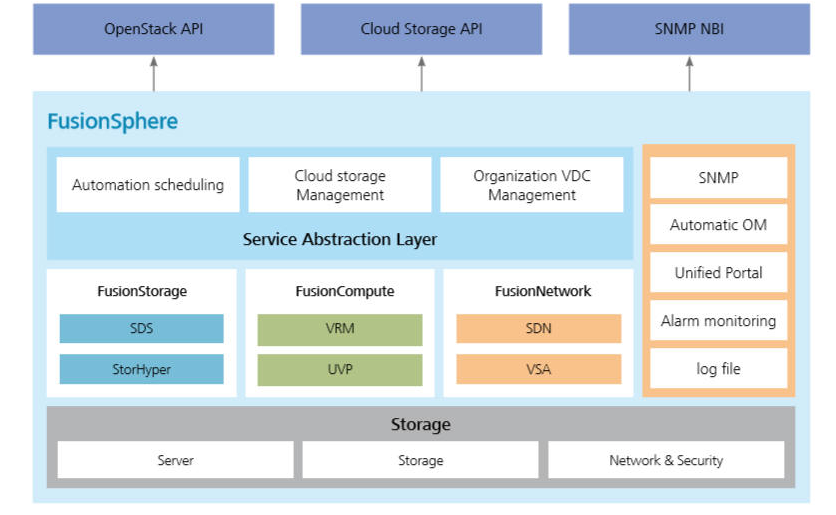

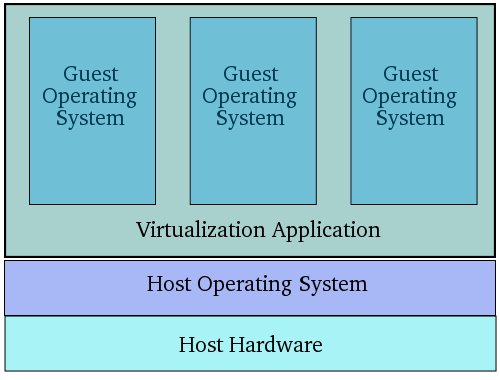

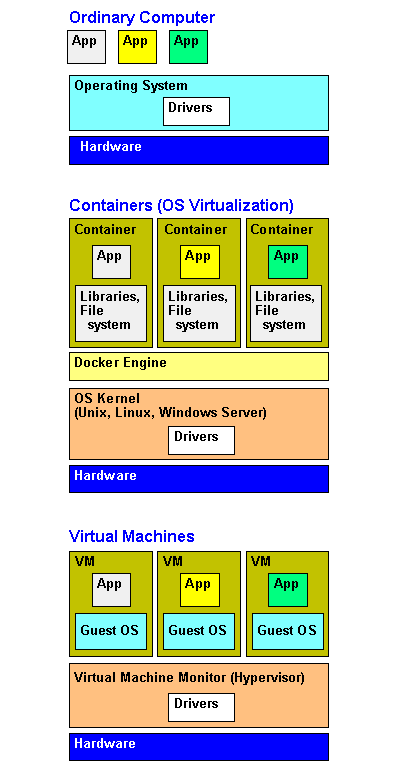




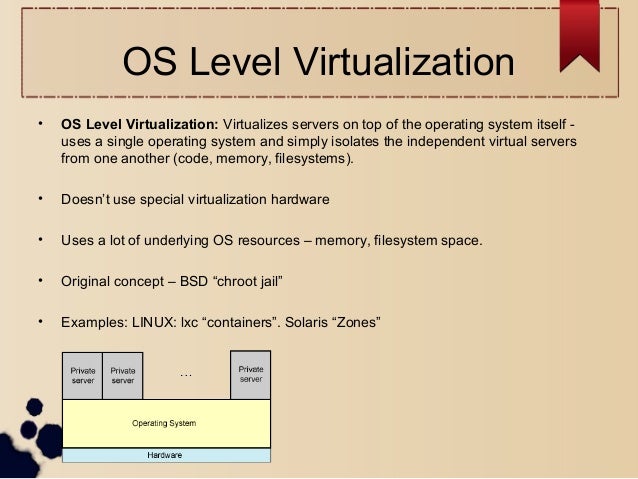

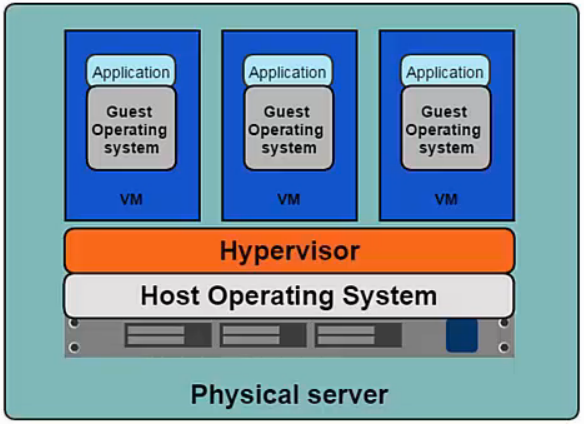
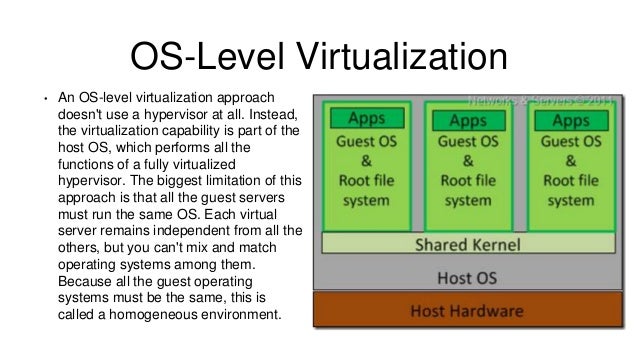
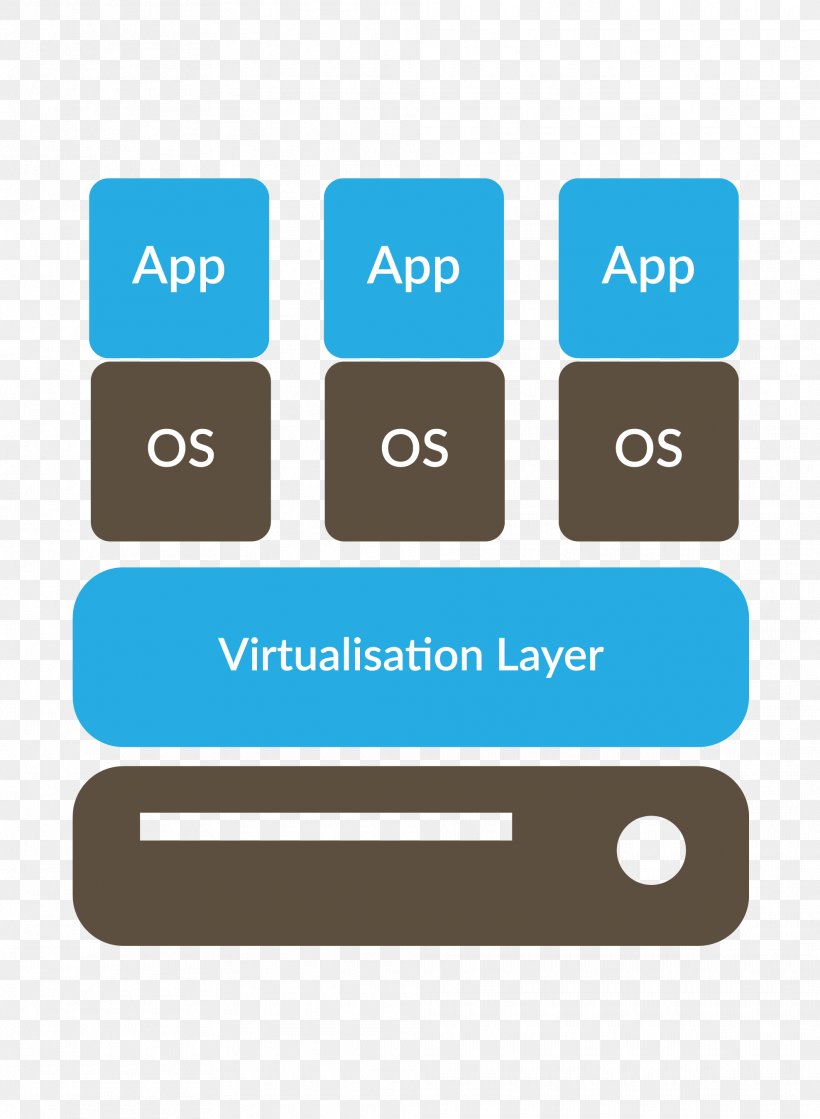
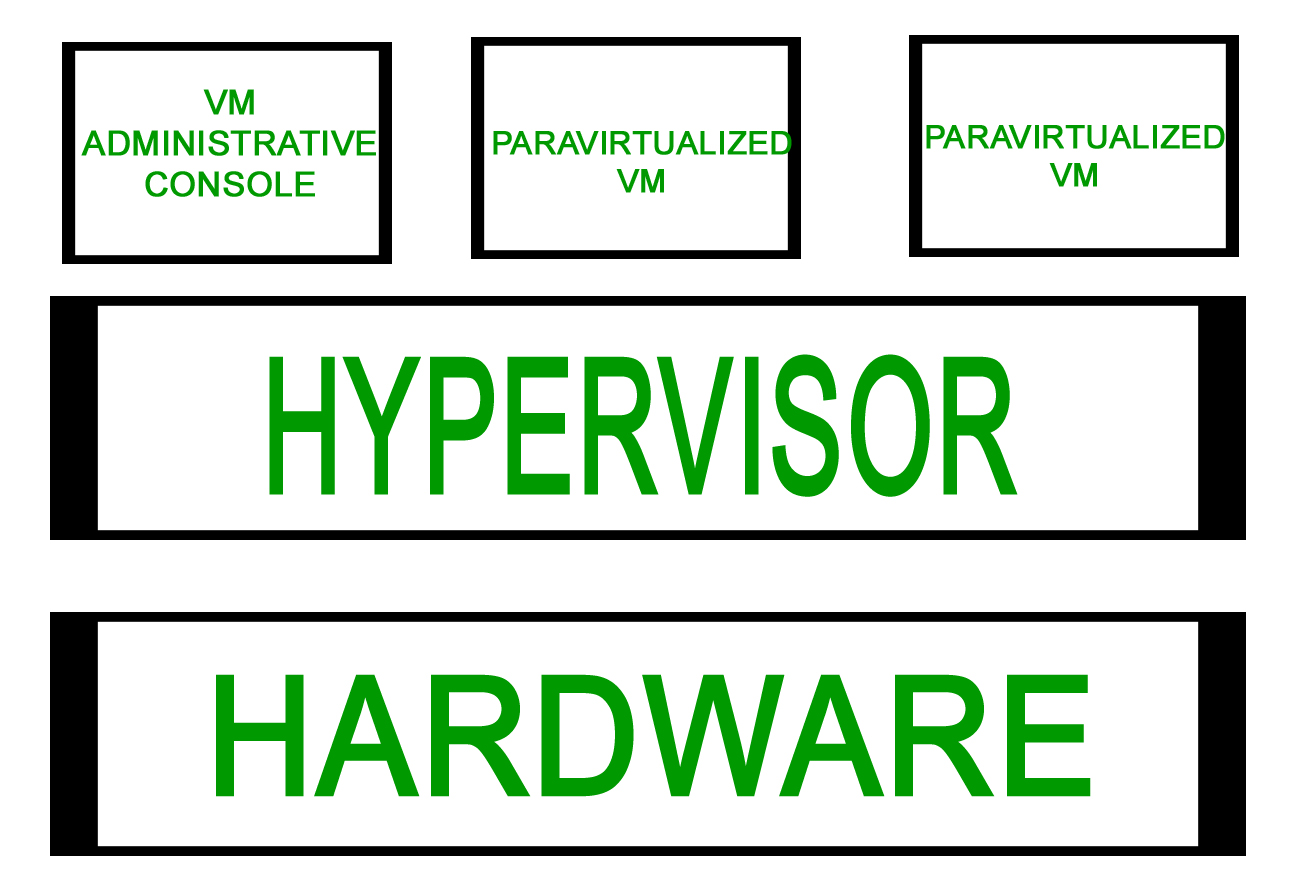
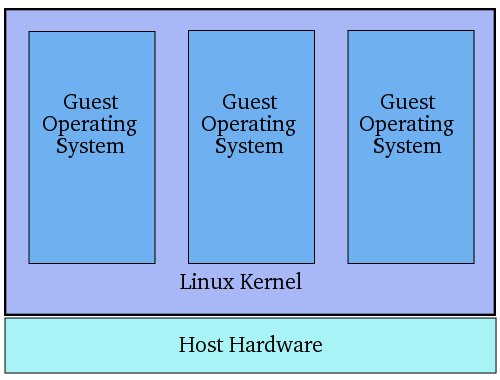
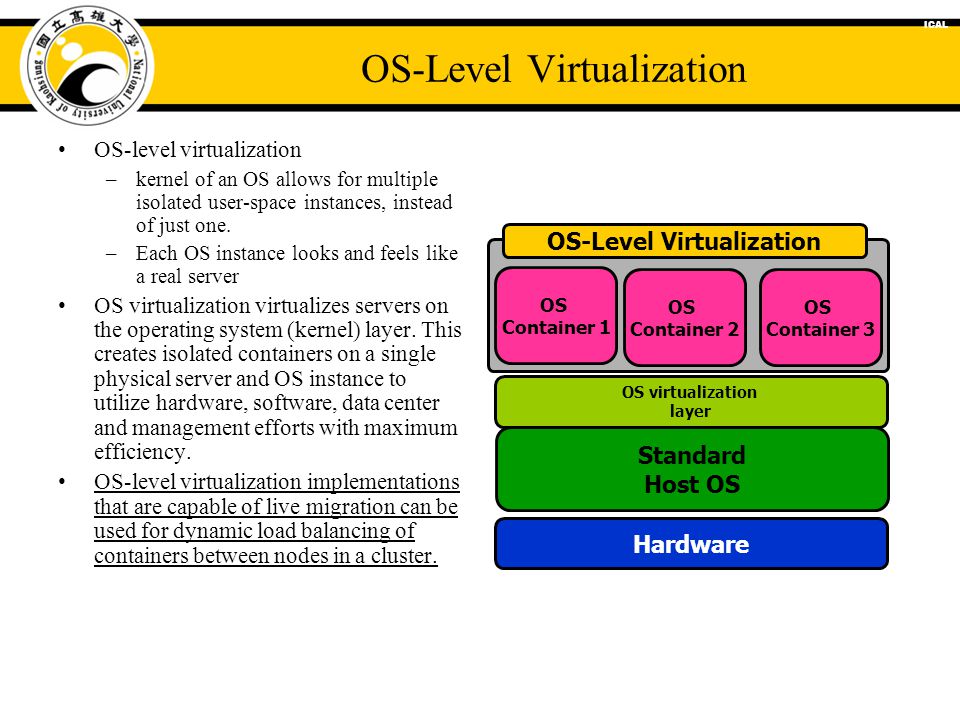

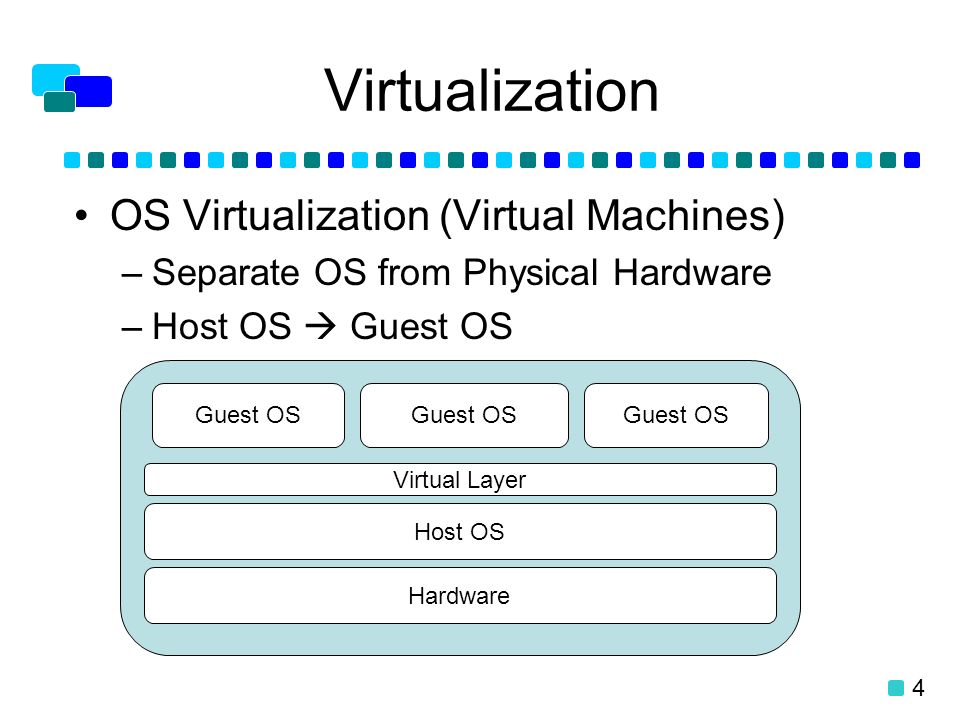

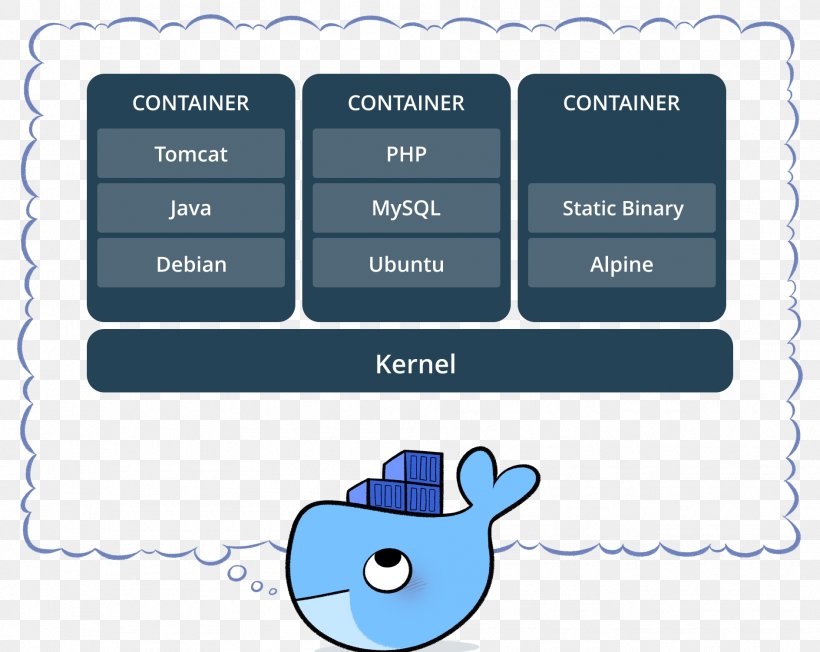

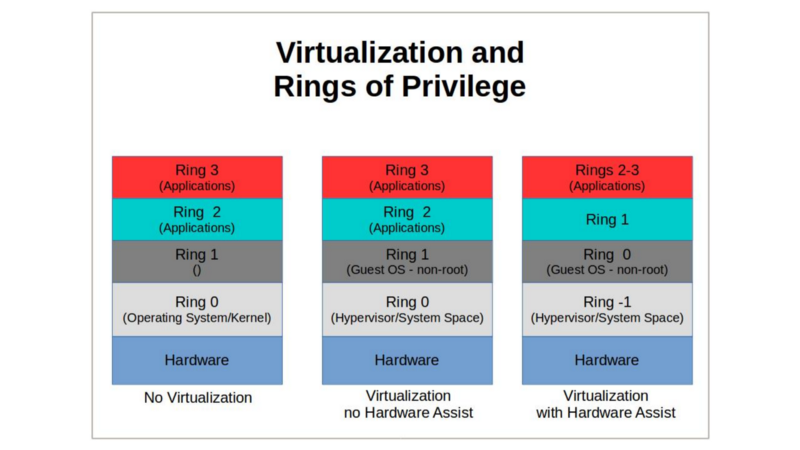

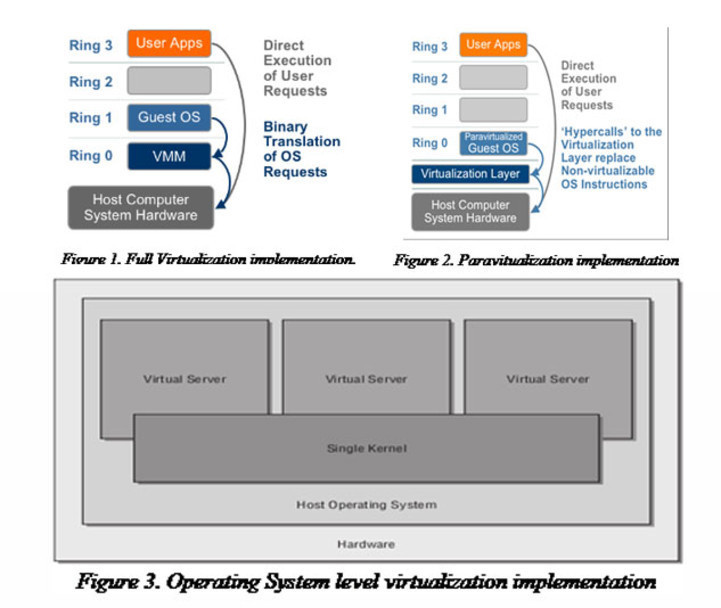



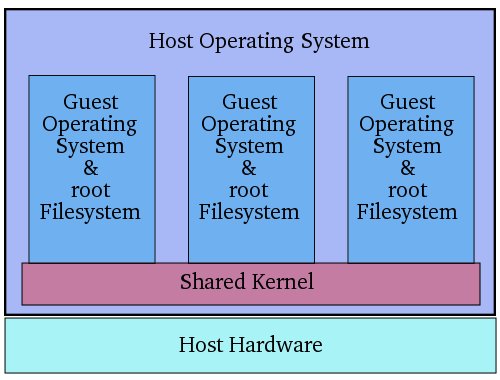



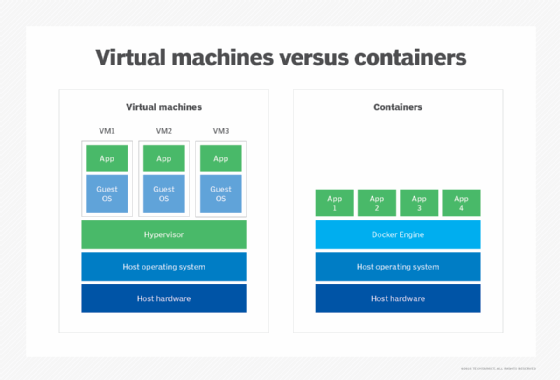


Post a Comment for "Operating System Level Virtualization"